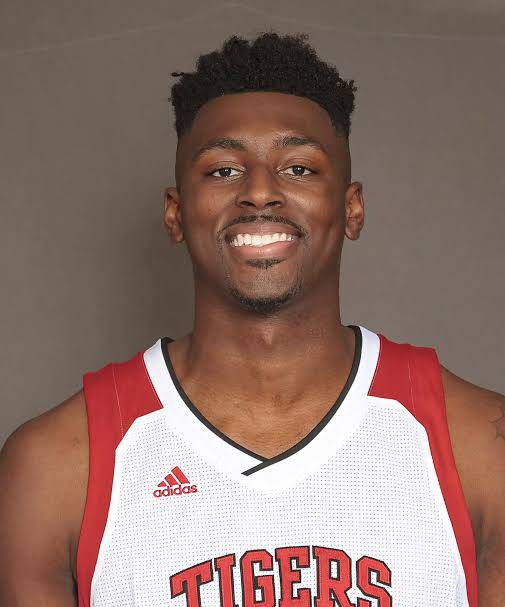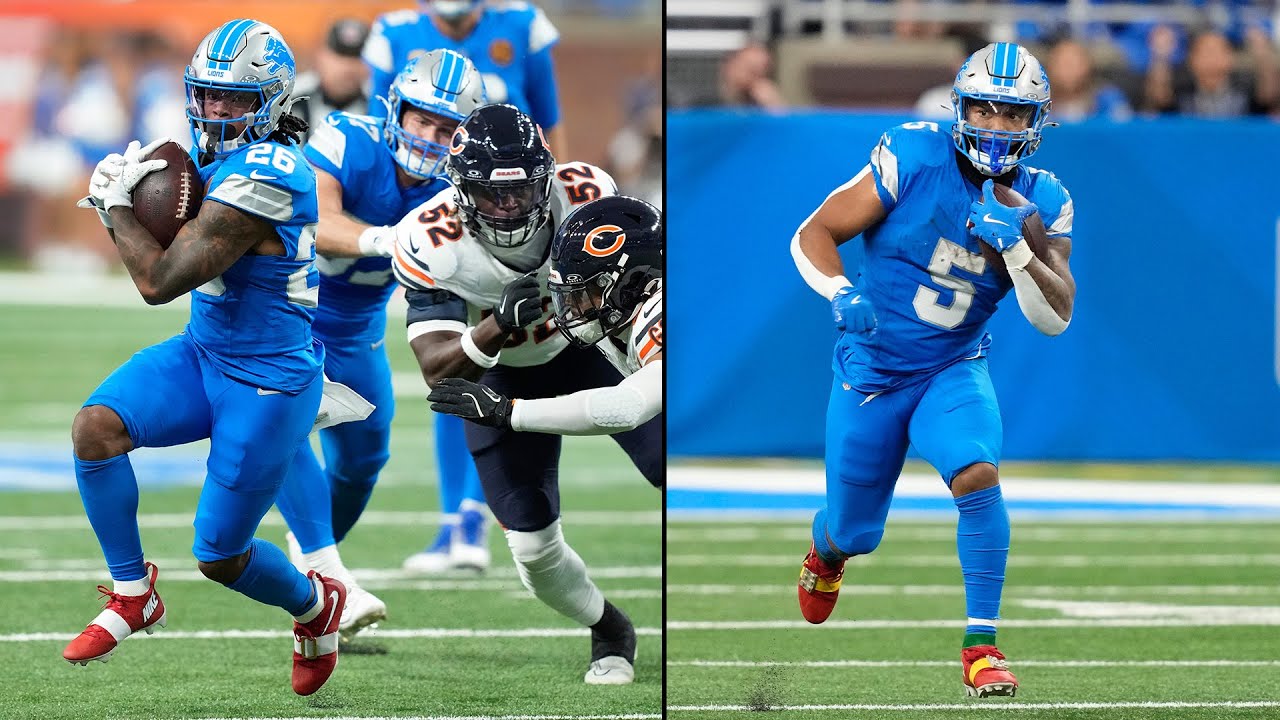Edmonton’s Offseason Plot Twist: How the Oilers Quietly Set the Stage for Their Most Explosive Season Yet
Edmonton Oilers fans have grown used to a certain pace to each offseason. The playoffs end, the draft arrives, and the free-agent frenzy begins, all playing out like a well-rehearsed routine that has become almost ritualistic in its predictability. There are the expected tweaks, the annual debates over cap space, the inevitable questions about goaltending depth and whether this will finally be the year the Oilers make their long-awaited leap to the top of the hockey world. It’s a script that Oilers Nation has read before—too many times, in fact. But this offseason, something felt different. The script is being rewritten, and beneath what may have seemed like a quiet front lies a deeper, more meaningful transformation—one that could mark the start of something far greater than a typical summer of transactions.
The usual offseason rhythm was there at first glance. The season ended in disappointment, again. The NHL Draft came and went without fireworks. The big-name free agents signed elsewhere. There were no jaw-dropping trades, no blockbuster acquisitions, and no moment that sent shockwaves through the hockey community. Yet, in the shadows of that relative stillness, the Oilers’ front office executed something far more nuanced, far more deliberate. Rather than chasing headlines, they made surgical moves that point toward a smarter, longer game. And it all starts with how this team is being rebuilt not through splashy contracts, but through culture, coaching, and internal elevation.
While fans were clamoring for news of a franchise-altering deal or marquee signing, the Oilers were busy doing something even more impactful: recalibrating their identity from the inside out. For years, the team has been front-loaded with elite talent, boasting two of the league’s top five players in Connor McDavid and Leon Draisaitl. But seasons have come and gone without that talent translating to a championship, and the front office has finally responded by rethinking its foundations rather than its figureheads. This isn’t about blowing it up or papering over cracks with expensive rentals. This is about recalibrating what the Oilers are at their core—and who they want to be.
The coaching staff overhaul was the first hint. By bringing in new minds like Paul McFarland, Peter Aubry, and Conor Allen to flank head coach Kris Knoblauch, Edmonton signaled a willingness to invest in the brain trust that guides their stars. McFarland, with his knack for orchestrating efficient power plays and unlocking offensive schemes, is more than an assistant—he’s a strategist. Aubry, now leading the goaltending department, offers a fresh set of eyes for a position that’s too often been a sore spot for the team. And Allen, a skills coach, represents a shift toward the development-focused culture sweeping across the NHL’s smartest organizations. These weren’t random hires. They were pieces in a carefully constructed plan to reinforce a coaching staff that could nurture, guide, and extract every ounce of potential from this roster.
This isn’t to say that the Oilers ignored player personnel entirely. But instead of reaching for the flashiest names, they pursued value and fit. They understood something too many teams ignore: that championships are rarely won in July, but they can be lost there. Overspending in the frenzy of free agency can saddle a roster with regrets. Edmonton opted instead to identify affordable contributors, fill needs quietly, and leave the door open for younger players to step into larger roles. That’s not risk-averse—it’s calculated. It’s confidence in what they already have, and in what they believe they’ve built.
The Oilers also appear to be betting big on internal growth. And not just in the cliché “next man up” way. There’s a real belief in the development of key depth players, and in the idea that this team is stronger than it’s ever been at grooming talent from within. For years, the criticism surrounding Edmonton was that they were too top-heavy, with McDavid and Draisaitl shouldering too much of the burden. But this offseason’s quieter moves suggest a front office that believes that equation is finally shifting. Players like Dylan Holloway, Philip Broberg, and Raphael Lavoie aren’t just depth options anymore—they’re potential difference-makers, groomed and coached under a new developmental lens.
Perhaps the most fascinating aspect of this summer is what it suggests about how the Oilers view themselves. They are no longer chasing a window—they are standing inside it. The front office knows it. The coaching staff knows it. And now, with the pressure squarely on the core group to deliver, the approach this offseason has felt refreshingly mature. There’s no panic. There’s no throwing assets at rental players in desperation. Instead, there’s a calm understanding that this roster, as currently constructed and properly supported, has what it takes to win now. It’s a belief that flies in the face of the “all-in” chaos seen in other markets. But in Edmonton, it might just be the perfect antidote to years of reactive planning.
For the fans, the lack of headline-grabbing news might have been underwhelming at first. After all, this is a franchise starved for glory, and patience is rarely a currency people enjoy spending. But the deeper one looks, the more this summer resembles a masterclass in restraint. Edmonton didn’t need to reinvent the wheel—they just needed to reinforce the axle. They needed to back their stars without overwhelming them, support their coach with the right staff, and trust their developmental pipeline to start producing at a consistent level. That’s not passive. That’s proactive. That’s sustainable.
There’s also something to be said for the unspoken chemistry forming behind closed doors. Reports from within the organization suggest that there is a newfound energy within the locker room, a collective understanding that the window is not just open, but that the breeze coming through it is warm and ripe with promise. McDavid, now entering his tenth season, is no longer the kid phenom. He’s the captain of a franchise that has found itself on the cusp of greatness too many times to ignore what’s possible. Draisaitl, perpetually underappreciated by the broader hockey world, continues to evolve into a leader in his own right. This offseason may have lacked fireworks, but the internal fire has never burned hotter.
And while other teams gamble on big moves and flashy rebuilds, the Oilers are playing a deeper game. They’re investing in continuity, in growth, in a system that doesn’t depend solely on heroics from their superstars. They’re constructing a team that can outwork, outthink, and outlast its opponents, not just outscore them. It’s the kind of foundation that doesn’t just chase a Stanley Cup—it sustains a shot at one year after year.
So as fans sift through the quiet of this offseason and wonder what’s next, they may be missing what’s already happening. The Edmonton Oilers aren’t preparing to make a splash. They’re preparing to unleash a tsunami. The pieces are falling into place, not with chaos, but with purpose. And if the calm, calculated moves of this summer are any indication, the team that steps onto the ice this fall won’t just be different—they’ll be dangerous.
This wasn’t the offseason that shouted from the rooftops. It was the one that whispered something even more powerful: we’re ready.



